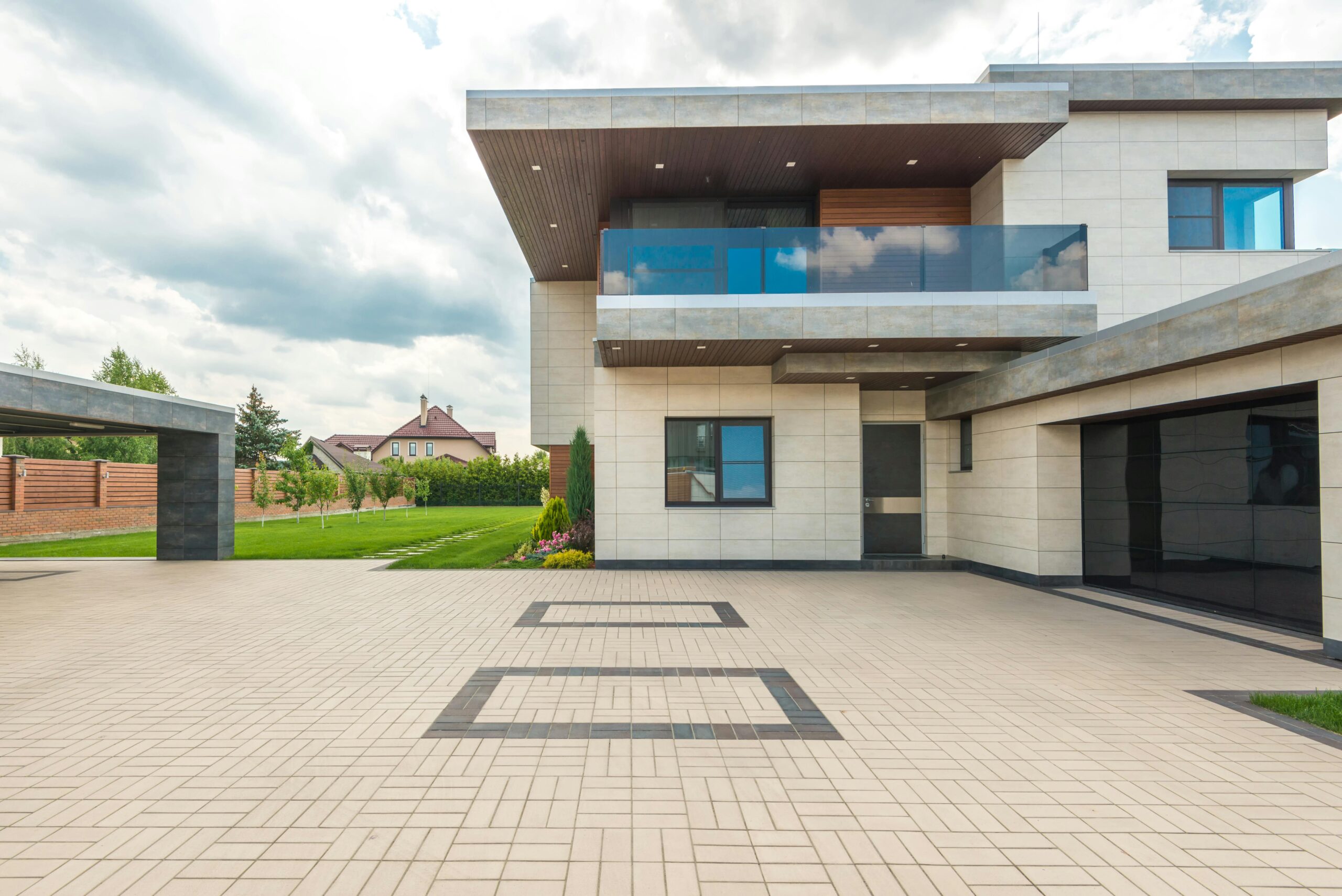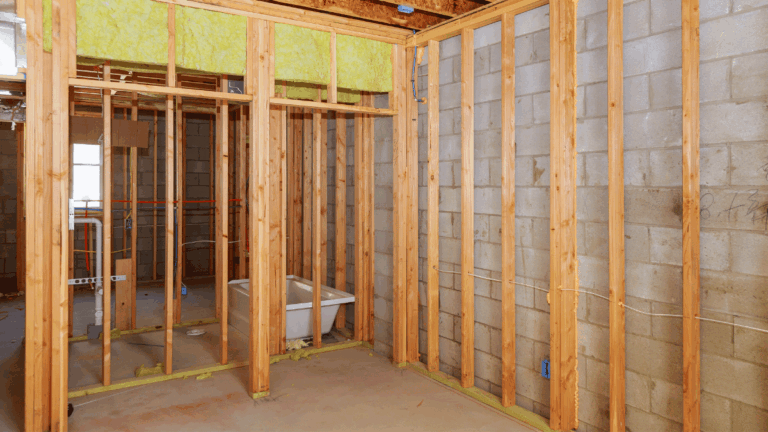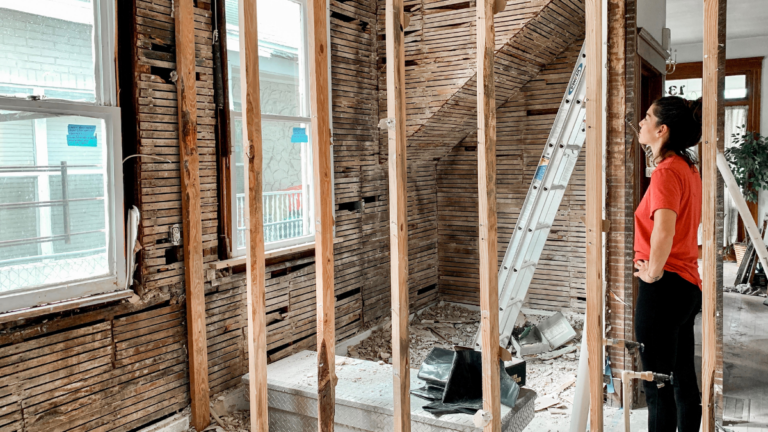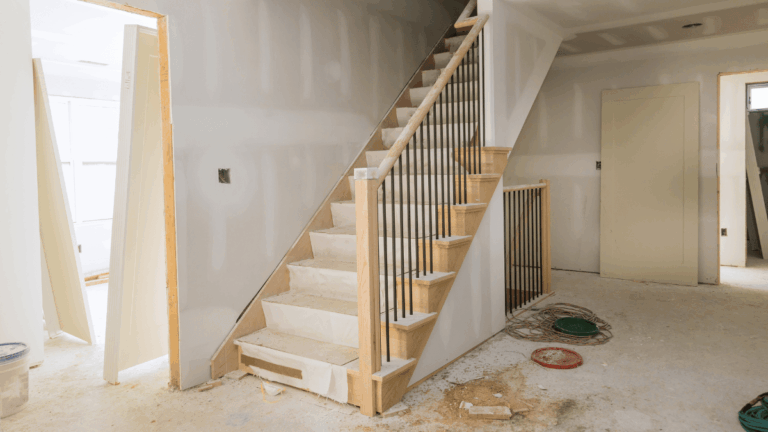Maximize Outdoor Living: Landscaping Designs That Enhance Property Value
The Ultimate Guide to Choosing and Applying Interior Paint: Tips from the Pros
A fresh coat of paint remains one of the most transformative and cost-effective home upgrades, instantly revitalizing any room. Yet many homeowners face disappointing results—peeling finishes, uneven coverage, or colors that fall flat—due to overlooked fundamentals. Whether you’re refreshing a single bedroom or tackling a whole-house makeover, understanding paint selection and application techniques makes the difference between a professional-looking finish and a frustrating do-over. This guide demystifies the process, combining trade knowledge with practical strategies to help you achieve stunning, durable results that elevate your living space and protect your investment.
Decoding Paint Types and Finishes: Matching Product to Purpose
Not all paints perform equally. Water-based latex paints dominate interior projects due to low odor, easy cleanup, and flexibility that resists cracking. Use them on drywall, plaster, and ceilings. Oil-based alkyd paints, while less common, provide a harder finish ideal for trim, doors, or high-moisture areas like kitchens—but require mineral spirits for cleanup. The finish (or sheen) dramatically impacts aesthetics and function:
- Flat/Matte: Hides imperfections beautifully but stains easily; best for low-traffic adult bedrooms or ceilings.
- Eggshell/Satin: Subtle glow with moderate scrubbability; perfect for living rooms, hallways, and kids’ rooms.
- Semi-Gloss/Gloss: Highly durable and moisture-resistant; use on trim, cabinetry, and bathrooms.
Pro tip: Higher sheens reflect more light, making flaws more visible—ensure surfaces are impeccably smooth before using semi-gloss or gloss.
Mastering Color Selection and Lighting Dynamics
Color profoundly influences a room’s mood and perceived size, but lighting dramatically alters its appearance. North-facing rooms with cool natural light benefit from warm undertones (creams, soft yellows) to counter grayness. South-facing spaces flooded with warm light can handle cooler hues (grays, blues) without feeling chilly. Always test samples:
- Paint large 3’x3′ swatches on multiple walls.
- Observe at different times of day under both natural and artificial light.
- Note how adjacent fixed elements (flooring, countertops) harmonize.
Consider LRV (Light Reflectance Value) on paint chips: Colors below 50% absorb light (cozy, intimate), while above 50% reflect light (airy, expansive).
Non-Negotiable Preparation: Your Foundation for Success
Preparation determines 90% of paint job quality. Skipping steps leads to adhesion failure, visible flaws, and premature wear. Follow this sequence:
- Clean: Wash walls with TSP substitute to remove grease, dust, and residues.
- Repair: Patch holes/cracks with setting-type compound, sand smooth, and feather edges.
- Prime: Use stain-blocking primer on water spots or knots, high-adhesion primer on slick surfaces, or universal primer for drastic color changes.
- Protect: Apply painter’s tape to trim (remove after paint dries to tack-free stage). Cover floors with canvas drop cloths—they absorb spills without slipping.
Pro mistake to avoid: Sanding with coarse grit (below 120) creates scratches that show through paint.
Professional Application Techniques for Flawless Coverage
Quality tools prevent streaks, lap marks, and uneven texture. Use angled 2-2.5″ sash brushes for cutting in corners/edges and high-density foam rollers with appropriate nap lengths:
- 3/8″ nap for smooth walls/ceilings
- 1/2″ nap for lightly textured surfaces
- 3/4″ nap for heavy orange-peel or stucco
Work systematically: Cut in edges first, then immediately roll adjacent sections while paint is wet to avoid visible lines. Maintain a “wet edge” by rolling toward unpainted areas, overlapping by 50%. Apply two thin coats rather than one thick coat—it dries faster and levels better. Maintain consistent pressure and roll in a “W” pattern to distribute paint evenly without ridges.
Timing, Drying, and Cleanup: The Final Touches
Environmental conditions drastically affect drying. Ideal range is 50-85°F with 40-70% humidity. Use fans to circulate air but avoid direct blasts on wet paint. Recoat times vary by product—check labels, but generally:
- Latex: Recoat in 4-6 hours.
- Oil-based: Recoat in 16-24 hours.
Remove painter’s tape when paint is dry to the touch but not fully cured (1-2 hours). Clean latex tools with soapy water immediately; for oil-based paints, use mineral spirits. Store leftover paint in sealed jars labeled with room and date—it’s invaluable for touch-ups.
Investing time in paint selection, preparation, and technique pays dividends in lasting beauty and durability. Remember: premium paints often cover better and wear longer than bargain options, saving time and money long-term. Don’t rush—allow adequate drying between steps. If a project feels overwhelming (like vaulted ceilings or intricate trim), consult a professional painter. Their expertise in surface assessment and efficient application ensures quality and prevents costly errors. Armed with these insights, you’re ready to transform your home with confidence. Grab your roller, embrace the process, and enjoy the remarkable power of paint!







